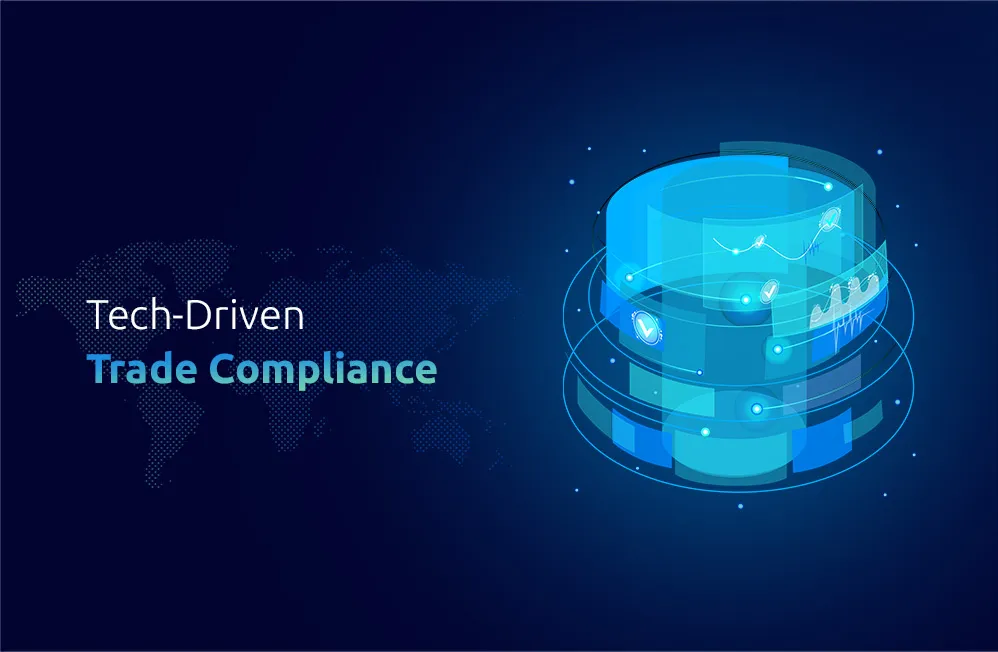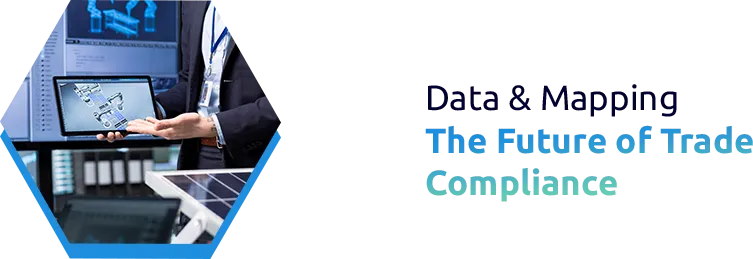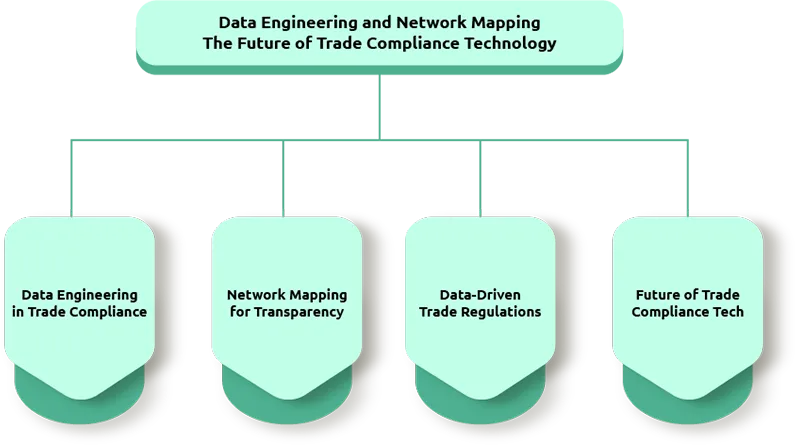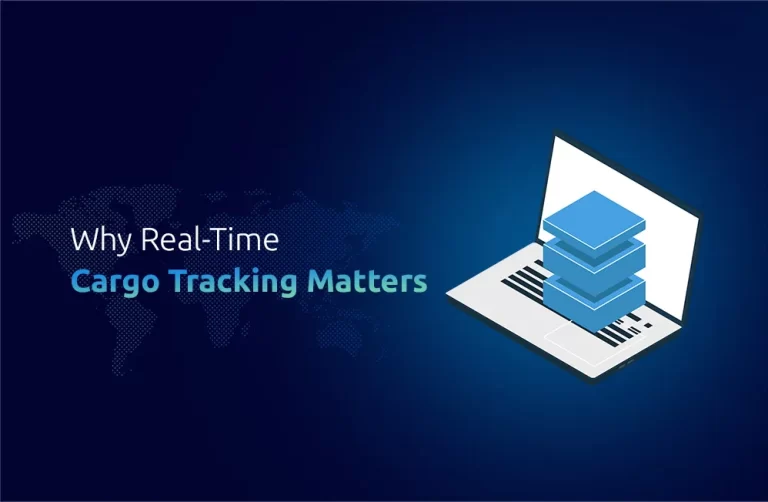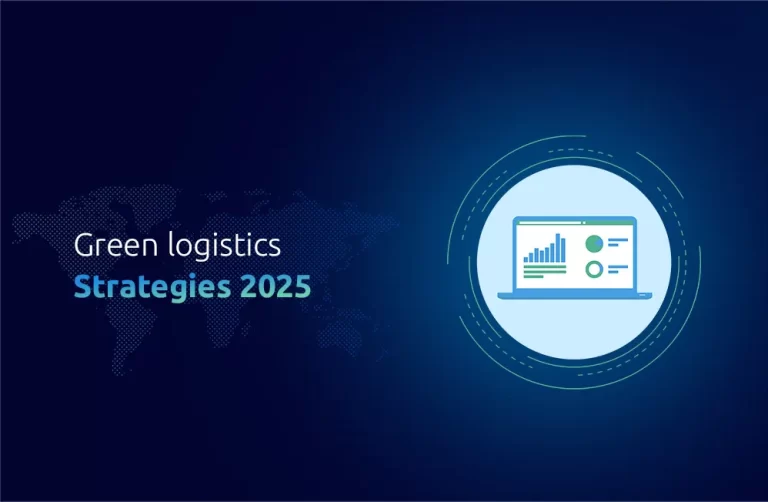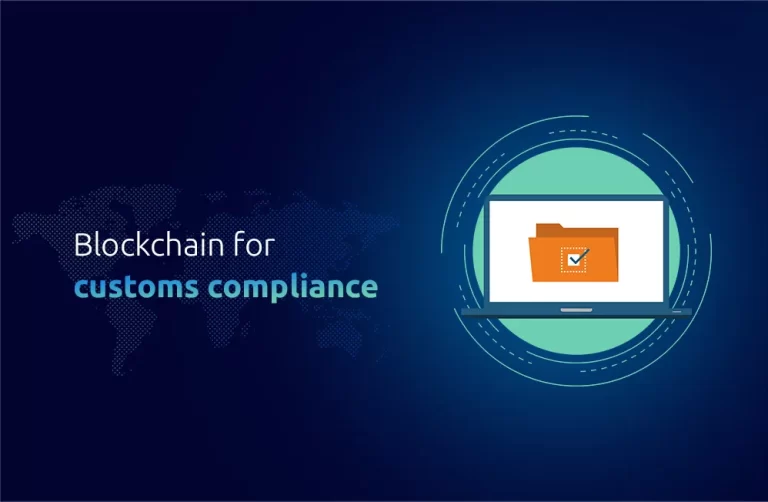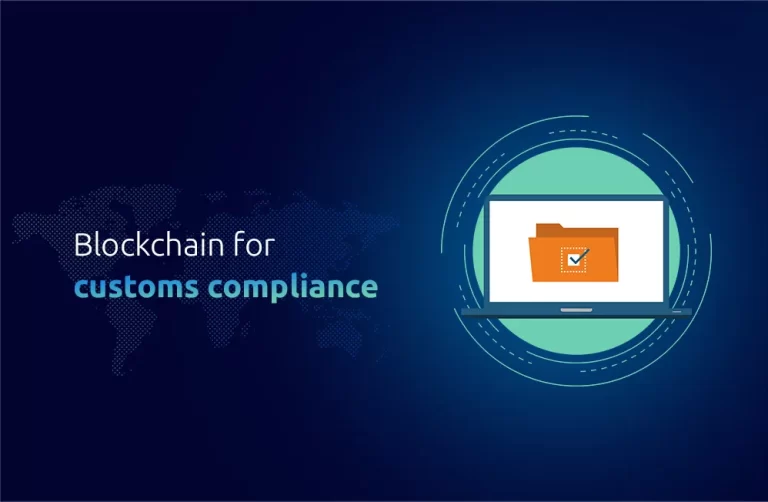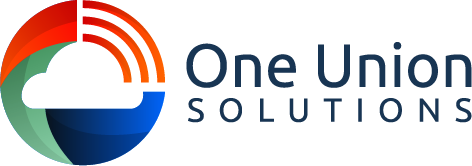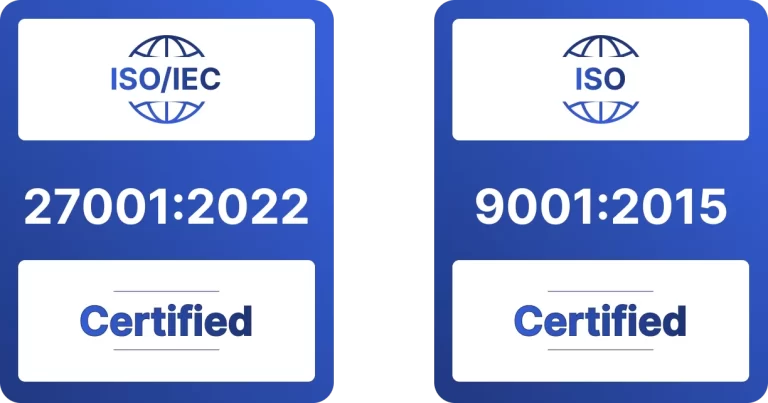Insight
Every firm that functions across different industries needs to master risk management within the modern, fast-moving business world. Advanced technology enhances risk management by making operations more efficient and effective, specifically in the aviation and automobile sectors, IT/data centers, and medical equipment fields. Strategic risk management will evolve during the approaching years as companies adopt AI-based solutions with big data analytics and blockchain methods to forecast potential dangers.
Building resilience requires industrial companies to adopt technological innovations because unpredictable challenges like regulatory changes, cyber security threats, and supply chain disruptions remain active. Risky business management underwent fundamental changes through disruptive technologies that create new risk possibilities.
AI-Powered Risk Analysis and Predictive Decision-Making
Risk management has received one of its most important advancements through Artificial Intelligence (AI) during today’s tech era. The combination of AI predictive analytics gives companies better accuracy through risk assessments within the aviation and medical equipment sectors. The analytical tools leverage vast amounts of information for risk forecasting and aid human users in uncovering patterns outside their ability to see. The aviation industry benefits from AI technology, enabling risk prediction of maintenance troubles and supply chain disruptions to avoid breakdowns and delays. Medical equipment companies benefit from AI because it enables them to predict potential product complications before their emergence.
Predictive tools based on data enable enterprises to base their decisions on logical data points, thus minimizing risks & creating operational functions that function optimally. Risk management becomes more proactive with AI integration since it transforms from a reactive to a smarter & proactive model.
Blockchain for Transparency and Security
Automobile manufacturing and IT/data centers need complete security & transparency because their complex transactions require multiple stakeholder involvement. The solution provided by Blockchain technology includes eliminating tampering & ensuring complete visibility for transactions and procedural activities. The decentralized nature of blockchain safeguards against fraud by preventing unauthorized modifications to transactions which helps build trust among users.
Blockchain technology in the IT sector establishes protected data maintenance through its secure operations, which stop unauthorized access and data breaches. Automobile manufacturers can track vehicle part lifecycles from manufacturing through delivery using blockchain technology, which safeguards authentic and safe components. Organizations utilizing blockchain systems achieve reduced fraud and inhibition of counterfeits and operational functionality issues.
Cybersecurity and Advanced Threat Management
The connection between industries leads to an escalating threat from cyber attacks. The elevation of cyber-attacks, ransomware incidents, and data breaches requires information security & system protection to reach critical levels. Healthcare software companies and organizations managing IT/data centres and medical equipment face the highest cybersecurity threat exposure because such breaches create substantial financial losses and severely damage reputations.
Quantum computing and artificial intelligence systems will help improve cybersecurity in 2025. Through these capabilities, sophisticated encryption schemes can be developed, and security threats can be identified immediately. Such emerging technologies will help businesses achieve better risk forecasting and response to protect their sensitive data while sustaining customer trust. Quantum encryption operates as a highly secure data encoding system that resists all attempts of decryption by cyber attackers.
Big Data and Real-Time Risk Monitoring
Companies have discovered new ways of risk management through big data transformations. All companies within aviation and automobile and IT/data centre and medical equipment sectors benefit from massive data collection across multiple sources, which produce current risk information. The acquired information enables organizations to proactively detect upcoming problems, enhancing their fast response capabilities to minimize business disruption.
In aviation operations, big data enables fleet performance tracking wea, pattern analysis, and customer feedback assessment, which protect business operations. Through big data analysis, IT/data centres can forecast hardware breakdowns, which allows organizations to conduct preventive repairs, thus reducing operational interruptions. Businesses that use big data stay ahead of upcoming risks to enhance operational safety and productivity.
Climate Risk and Sustainability in Risk Strategies
The growing environmental risks have become a decisive issue for businesses operating globally. The automobile and medical equipment manufacturing industries emphasize climate resilience in risk management practices because sustainability concerns and strict environmental requirements have gained momentum worldwide. Assessment of climate-related risks to operations will become essential for companies worldwide by 2025 because they must understand the effects of extreme weather conditions, supply chain disruptions and regulatory changes.
Organizations address these problems by implementing sustainability frameworks that explain how to analyze climate risks within their risk management structures. Companies adapting to market and regulatory changes alongside environmental sustainability benefit from using environmental and social governance (ESG) factors in their risk strategy.
Regulatory and Compliance
Business operations face unpredictable regulation changes because new compliance requirements emerge regularly. Businesses operating in IT/data centers and medical equipment industries experience the most significant effects of worldwide regulatory revisions, covering data privacy protection and product security requirements.
Future customer demand for automated compliance tools during 2025 will provide businesses with better solutions to these regulatory challenges. AI-powered and machine learning-based automation tools enable businesses to track regulatory changes while minimizing manual labor expenses during monitoring processes. These tools lower non-compliance chances and help businesses avoid highly expensive fines while protecting their reputation.
Supply Chain and Geopolitical Risks
The interconnections among supply chains and geopolitical factors affect all global industries today. Manufacturing of automobiles and medical equipment relies on extensive worldwide supplier networks, which create high dependency for these companies. Businesses of 2025 will use advanced technology to improve their ability to manage and evaluate these risks more effectively.
Utilizing AI and big data analytics allows businesses to expect supply chain disturbances beforehand and develop necessary preventive actions before challenges emerge. Fast identification of backup sources by businesses creates faster detection of important supplier disruptions, enabling them to shift business approaches quickly.
Conclusion
Industrial progression against escalating risks requires technological interventions to modify risk management approaches. Modern infrastructure built of predictive analytics, AI and Blockchain transparency, and enhanced cybersecurity and real-time risk surveillance has already arrived for our current period. One Union Solutions uses contemporary technology to provide clients with advanced risk management tools which keep them ahead of potential challenges.
Did You Know,
According to a recent study by the International Air Transport Association (IATA), the global aviation industry will see a rise in technology-driven risk management strategies, with AI and blockchain expected to cut operational costs by up to 30% over the next decade.
FAQs
1. What methods does AI utilize in the risk assessment of medical equipment products?
Ans: The application of artificial intelligence detects equipment failure patterns, which enables timely maintenance interventions and reduces equipment downtime. It helps the industry fulfill its safety regulation requirements.
2. What functions does blockchain play in overseeing automobile industry risks?
Ans: The tracking system based on Blockchain technology guarantees both transparency and authenticity through complete vehicle part lifecycle monitoring, which helps resolve counterfeit parts and fraud risks.
3. What advantages does big data provide for IT/data center risk management processes?
Ans: Real-time performance tracking of big data systems allows for predicting equipment failures to avoid system downtime and data loss.
4. How did organizations start placing climate-related risks at the forefront of their risk management structure?
Ans: Organizations are focusing on sustainable frameworks to address the effects of climate risk because this issue disrupts supply chains while decreasing operational efficiency.
5. What advantages emerge through using automated compliance tools for managing risks?
Ans: Businesses use compliance automation tools to keep updated on regulatory changes to avoid legal prosecution and financial penalties.

